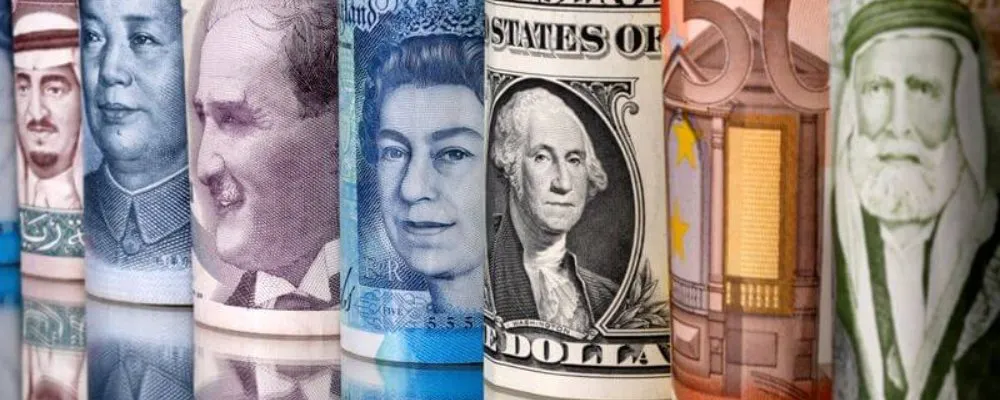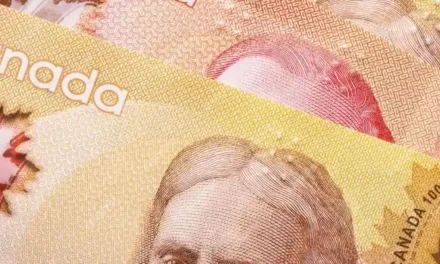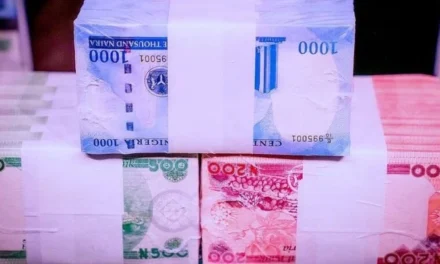In this article, we will delve into the history of world reserve currencies. It’s a journey through time that unveils the currencies that have played pivotal roles in international trade and finance.
From the silver coins of ancient Greece to the modern dominance of the United States dollar, this article will unravel the secrets behind these monetary milestones.
Timeline chart of world reserve currencies
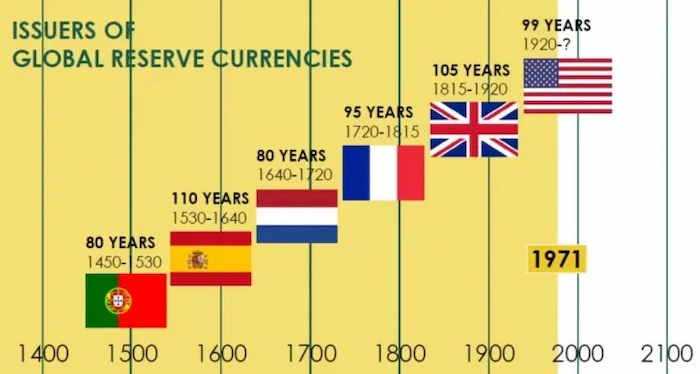
The Origins of World Reserve Currencies
The Birth of Reserve Currencies
To understand the history of world reserve currencies, we must travel back in time to ancient civilizations. The concept of a reserve currency can be traced to the Greeks, who used silver coins as the primary medium of exchange for international trade. These early coins laid the foundation for the idea of a currency held in reserve for international transactions.
The Rise and Fall of Dominant Currencies
As we journey through history, we encounter various dominant reserve currencies, each with its era of supremacy. From the Roman denarius to the Byzantine solidus and the Venetian ducat, these currencies were instrumental in facilitating global trade during their respective reigns. However, as empires rose and fell, so did their currencies’ dominance.
The British Pound and the Gold Standard
The British Pound Takes Center Stage
During the 19th century, the British pound sterling emerged as the world’s dominant reserve currency. The British Empire’s vast global reach and economic power solidified the pound’s position. Nations held significant reserves of pounds, and international trade was largely conducted in this currency.
The Gold Standard Era
In the late 19th century, the gold standard was adopted, linking the value of many currencies to a specific quantity of gold. This era brought stability to the international monetary system, with currencies like the US dollar and the French franc pegged to gold. The gold standard further enhanced the prominence of the British pound as a global reserve currency.
The Transition to the U.S. Dollar
The Dollar’s Ascent
The 20th century witnessed a pivotal shift in the world of reserve currencies. After World War II, the United States emerged as a global superpower, and the dollar rose to prominence. The Bretton Woods Conference in 1944 established the US dollar as the world’s primary reserve currency, backed by gold.

The End of the Gold Standard
However, the gold standard system proved unsustainable, and in 1971, President Richard Nixon unpegged the dollar from gold, effectively ending the gold standard. This event marked the beginning of the modern era of fiat currencies, where the value of money is not tied to physical assets.
The Modern Landscape
The U.S. Dollar’s Continued Dominance
Today, the United States dollar remains the world’s dominant reserve currency. It is widely accepted in international trade, and central banks across the globe hold significant reserves in USD. The stability and economic strength of the United States contribute to the dollar’s enduring prominence.
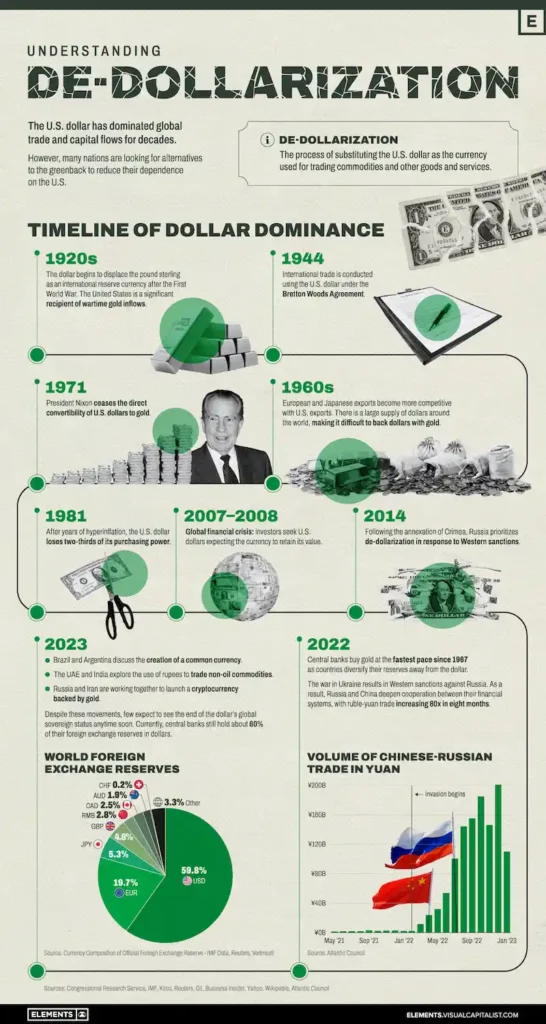
Emerging Challengers
While the dollar’s supremacy endures, other currencies, such as the Euro and the Chinese Yuan, are making strides in international finance. The Euro, introduced in 1999, has become a strong contender in global trade, while China’s economic rise has bolstered the Yuan’s international presence.
Conclusion about the history of world reserve currencies
In conclusion, the history of world reserve currencies is a captivating journey that reflects the rise and fall of civilizations, economic systems, and global powers. From the silver coins of ancient Greece to the modern-day dominance of the US dollar, these currencies have shaped the course of international finance.
As we continue into the 21st century, the landscape of reserve currencies may evolve further, driven by economic forces and geopolitical changes. Understanding this history provides valuable insights into the dynamics of our interconnected global economy. So, stay tuned for what the future may hold in the ever-evolving world of world reserve currencies.

